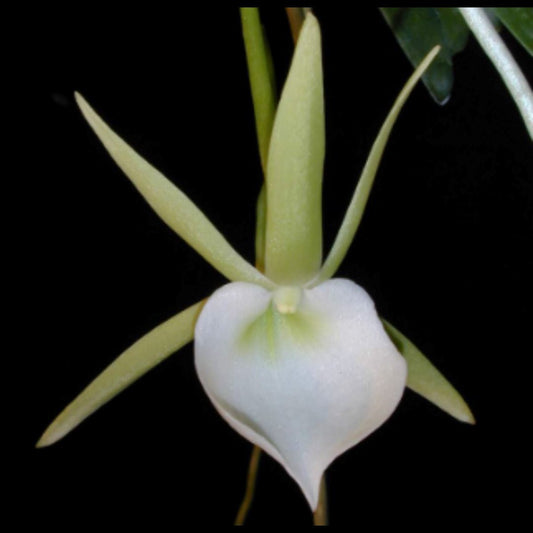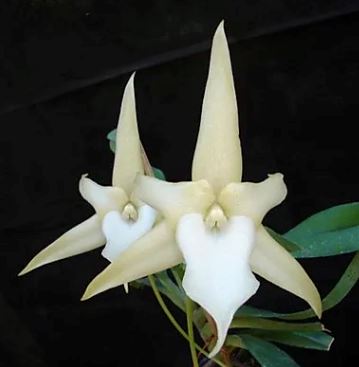
Cultivating Elegance: A Guide to Adapting a New Orchid to Your Environment
Share
Introduction:
Orchids are renowned for their exquisite beauty and captivating allure, making them a popular choice among plant enthusiasts. While their elegance may seem delicate, orchids are surprisingly resilient, capable of adapting to various environments when given the right care. If you're welcoming a new orchid into your home, this guide will help you navigate the process of acclimating it to your environment and ensuring its thriving growth.
Understanding Your Orchid:
Before diving into the adaptation process, it's crucial to understand the specific type of orchid you have. Orchids belong to a vast and diverse family, each with its unique requirements. Some orchids prefer bright, indirect light, while others thrive in lower light conditions. Knowing your orchid's species and its native habitat will provide valuable insights into the care it needs.
-
Lighting Conditions:
Orchids are photosynthetic plants that require an appropriate amount of light for optimal growth. Most orchids prefer bright, indirect light, mimicking the conditions found in their natural habitats beneath the forest canopy. However, direct sunlight can scorch their delicate leaves. Gradually introduce your orchid to its new surroundings by placing it in a spot with filtered sunlight and observe its response. Adjust the location based on how the plant reacts over time.
-
Temperature and Humidity:
Orchids often hail from tropical regions, thriving in warm and humid conditions. Maintaining a consistent temperature between 65-75°F (18-24°C) and humidity levels around 50-70% will mirror their natural environment. To achieve this, consider placing a tray of water near the orchid or using a humidifier. Keep in mind that abrupt changes in temperature or drafts can stress the plant, so avoid placing it near windows or doors that experience extreme temperature fluctuations.
-
Air Circulation:
Good air circulation is essential for orchids as it prevents the development of fungal and bacterial diseases. Ensure that the orchid is not placed in a stagnant environment, and occasionally provide gentle air movement with a fan. However, avoid placing the orchid directly in front of a fan, as excessive air movement can lead to dehydration.
-
Watering Techniques:
Orchids have specific watering needs that differ from traditional houseplants. Allow the orchid's potting mix to dry out between watering, and water the plant thoroughly when needed. The frequency will depend on factors such as humidity, potting medium, and the specific orchid species. Always use room temperature water and avoid overwatering, which can lead to root rot.
-
Potting Medium:
Orchids are often potted in a specialized mix, such as bark, sphagnum moss, or a combination. When repotting or introducing a new orchid, be mindful of its current potting medium. If the orchid is in a medium that retains too much moisture, consider repotting it into a well-draining mix suitable for its species.
Conclusion:
Welcoming a new orchid into your home is a rewarding experience that comes with the responsibility of providing the right environment. By understanding your orchid's specific needs and gradually acclimating it to its new surroundings, you'll set the stage for a thriving and elegant addition to your plant collection. Remember, patience is key, and observing your orchid's responses will guide you in making the necessary adjustments for its well-being. Happy orchid growing!








